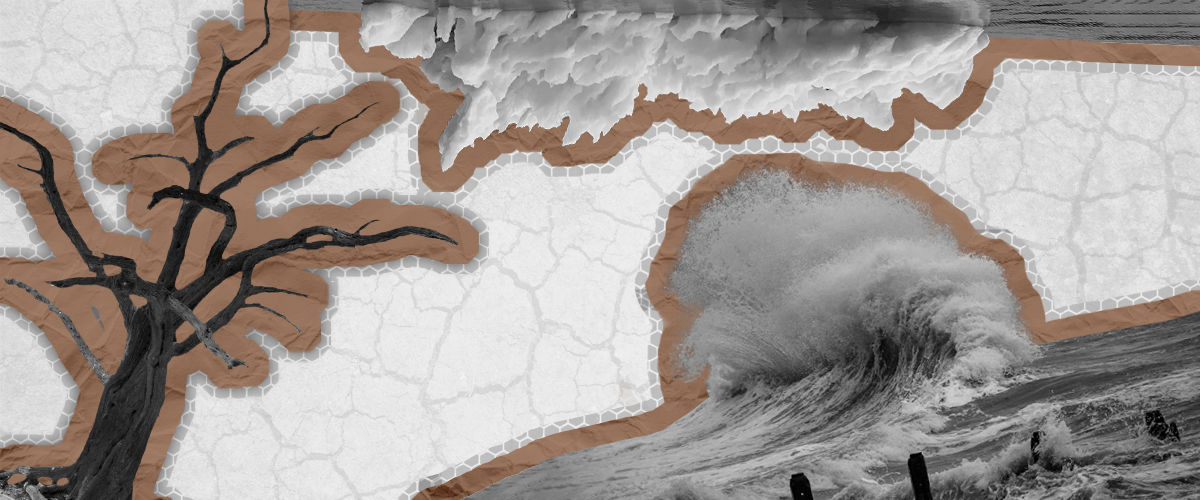As 2022 comes to an end, new disturbing signals are confirming the need to combat climate change.
Following the 27th United Nations (UN) Climate Conference held in Egypt in November, the 15th UN Biodiversity Conference was held in Montreal in December. This conference took place in Canada because China, the original host country, could not stage the event due to the resurgence of the COVID-19 pandemic.
At both UN conferences, the Canadian government demonstrated that it was proposing solutions to improve the population’s resilience to a changing climate.
In late November, the government released Canada’s National Adaptation Strategy for public consultation, a move welcomed by Canadian insurers.
In late August, the federal government published the report by the Task Force on Flood Insurance and Relocation.
Insurance Bureau of Canada (IBC) is optimistic that the national Flood Hazard Identification and Mapping Program will enhance risk sharing. It was slated to be launched before the end of the year, but this target will likely not be met.
While British Columbia was beleaguered by drought, heat waves, forest fires and floods in 2021, natural disasters across Canada were less spectacular in 2022. Even so, two major events ranked among the top 10 worst disasters in Canadian history.
The first catastrophe is related to the severe thunderstorms that hit Ontario and Quebec on May 21, which brought into public parlance a term that describes this type of disturbance: the derecho.
This storm swept through the most densely populated areas of the country, over a distance of approximately 1,000 km. Not only did the derecho knock out power for more than a million customers at its peak, but it also caused a dozen deaths.
According to Alain Bourque of the Ouranos consortium, these extreme weather events are likely to occur more and more often as the climate warms.
A few weeks later, the Insurance Bureau of Canada (IBC) confirmed that the May 21 derecho was already among the ten worst disasters in Canadian history in terms of insured losses.
Nicolas Milot, head of the Communauté métropolitaine de Montréal’s flood risk management project office, predicts that summer and fall storms will wreak even more damage than spring floods.
A few days after the derecho, the Réseau Inondations Intersectoriel du Québec (RIISQ) held its annual general meeting. Professor Louise Hénault-Éthier recommended using green infrastructure to improve urban populations’ resilience to flood risk.
Tough hurricane season
Hurricane season walloped both the top and bottom ends of the Eastern Atlantic coast. In late September, Hurricane Fiona was the first major tropical depression to give actuaries the jitters.
Fiona became the worst insured loss in the history of Atlantic Canada, IBC estimated a few weeks later. It became the second disaster of the year to crack the top 10 worst losses in history for insurers.
Hurricane Ian followed a few days later, ravaging Florida and neighbouring states on the U.S. East Coast.
The losses insurers sustained are likely to have repercussions industry-wide, two brokers told Insurance Portal.
In fact, the conditions imposed by the reinsurance treaties up for renewal will probably force P&C insurers to hike premiums by more than 10 per cent in 2023.
The Prairies’ turn
On September 20, Insurance Bureau of Canada in Alberta released a preliminary compilation of extreme weather events in Western Canada and the Prairies for 2022. Five major losses were identified.
Vulnerability
In its first quarter 2022 catastrophe report, Aon noted extreme temperature anomalies in Antarctica compared with seasonal norms observed in mid-March.
Particularly severe flooding in Australia in 2021 raised fears of record losses in the most vulnerable urban areas.
What’s more, Aon reported in its third quarter 2022 update that major flooding struck Australia’s east coast this year, and the situation continued to deteriorate in early October.
The sixth IPCC report, cited by Aon in its quarterly review, estimates that at least 3.3 billion people (42 per cent of the world's population) live in regions particularly vulnerable to climate change.
At the end of July, Aon published the same recap covering the first half of 2022. The report listed 21 claims with losses in excess of US$1 billion. It mentioned particularly long heat waves in Argentina, France, Spain and Pakistan. A second round of heat waves hit several European countries in July.
Resisting the heat wave
The Intact Centre on Climate Adaptation (ICCA) at the University of Waterloo released a third guide for Canadians in early April, following editions on flooding and forest fires published in 2021. The latest guide focuses on reducing the risks associated with heat waves.
The publication notes that urban areas are more likely to be affected by climate warming and heat wave severity, along with low-lying areas located in British Columbia, on the southern border of the western provinces, and North of Lake Erie through the St. Lawrence River Valley.
In the fall, ICCA released a new report that calls for the recognition of the financial value of natural assets in an era of climate change.
It finds that over 90 local governments have adopted an asset management approach that includes the value of natural environments.




